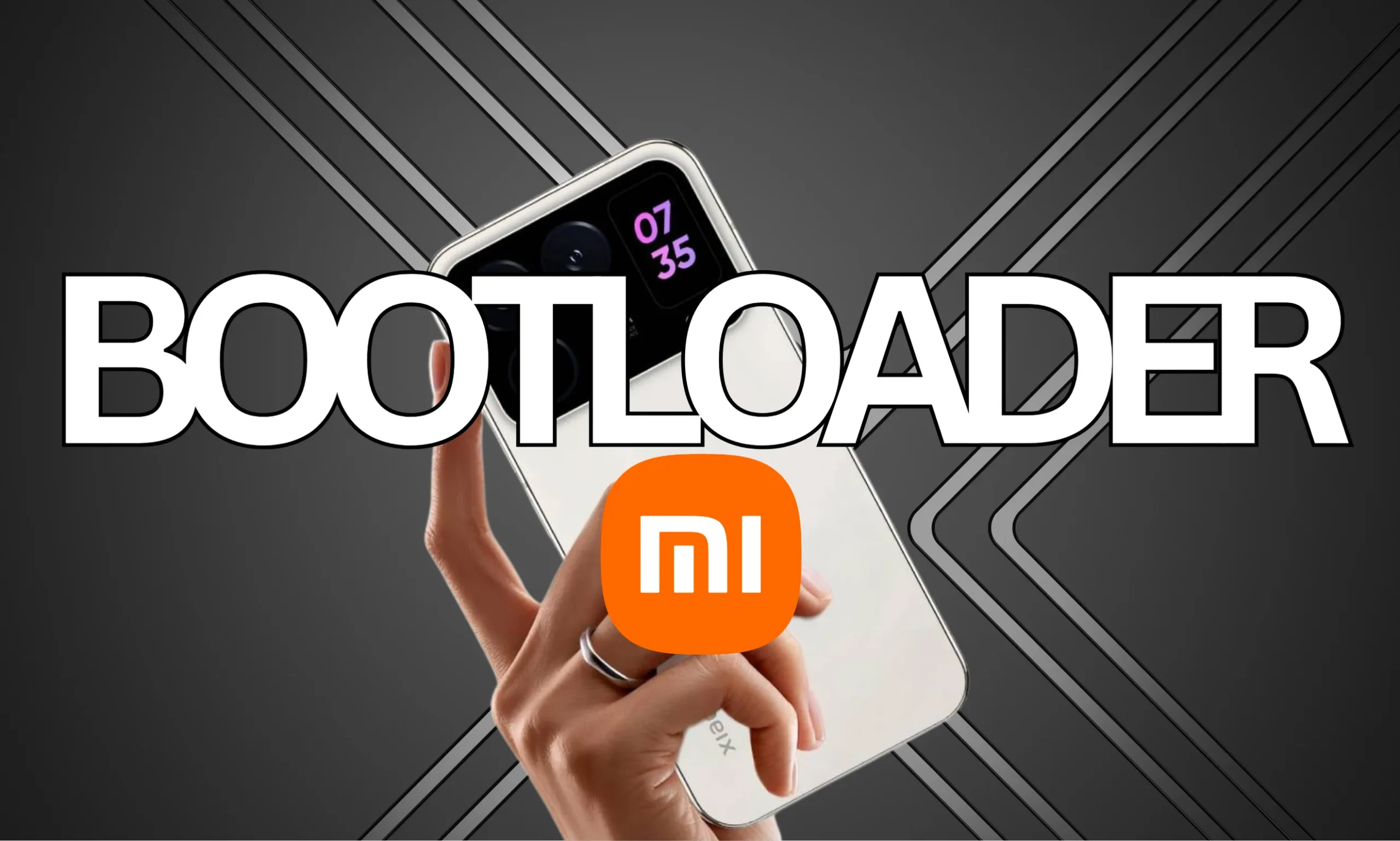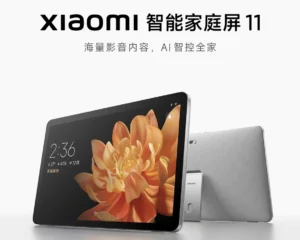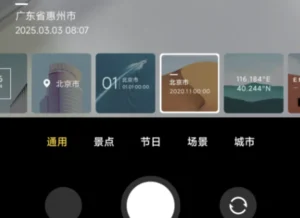Xiaomi Solves Bootloader Woes: Unlock with Ease in 2025
How Xiaomi Solved Its Biggest Bootloader Headache: A Tale of Innovation and Community
Imagine your smartphone is like a fortress. It’s packed with treasures – your photos, apps, and all your digital life – but to make any major changes, like adding new defenses or even redecorating, you need a master key. In the Android phone world, that key is called the bootloader. For years, the bootloader on Xiaomi devices was a real headache for many users. We’re talking long waits, frustrating error messages, and confusing policies. But then, in 2025, Xiaomi pulled off a surprising turnaround, fixing this major issue and winning back the hearts of users and developers alike. How did they pull off this tech feat? Let’s dive into this adventure!
What Exactly is a Bootloader? Let’s Break It Down
Before we get into Xiaomi’s big win, let’s make sure we’re all on the same page about what a bootloader actually is. Think of it as the ultimate security guard for your phone. It’s a tiny piece of software that runs every single time you power on your device, even before Android (or in Xiaomi’s case, HyperOS) gets a chance to load up. Its main job is to check if everything is in order. It verifies the operating system, initializes the hardware, and, crucially, decides whether to allow deep modifications. This includes things like installing custom versions of Android (often called custom ROMs).
By default, Xiaomi phones come with their bootloader locked. This is a security measure, designed to prevent anyone from installing malicious software without your explicit permission. It’s like the guard making sure no one sneaks unauthorized changes into the fortress. However, it also puts a damper on power users who want to customize their devices – it’s like wanting to renovate your castle but the guard says, “Hold on, you need official permission first.” Unlocking this bootloader, until recently, was a complex process filled with hurdles.

The Big Bootloader Blues: Xiaomi’s Longstanding Problem
For a long time, Xiaomi was a darling of the tech enthusiast community. Why? Because they made it relatively easy to unlock the bootloader, something not all manufacturers were willing to do. This attracted developers and users who were eager to flash custom ROMs, ditch unnecessary pre-installed apps (bloatware), or get newer Android versions onto their devices ahead of official updates. But, over time, Xiaomi started tightening its policies. What used to be a straightforward process gradually turned into a lengthy ordeal.
Here were the main pain points users were experiencing:
Endless Waiting Times:
Xiaomi began enforcing a mandatory waiting period of 168 hours (that’s a full 7 days!) to unlock the bootloader. In some cases, users faced even longer restrictions, stretching up to 30 days. This was incredibly frustrating for anyone who needed to unlock their phone quickly. Think about scenarios like a dreaded bootloop (where the phone just keeps restarting endlessly) or needing to flash a global ROM onto a Chinese variant device.
Mysterious Errors with Mi Unlock Tool:
Xiaomi’s official tool for unlocking, the Mi Unlock Tool, was notorious for throwing cryptic messages. Users would often see errors like “The system is under maintenance, please try again later” or “Quota limit reached.” Many users found themselves stuck, unsure of what to do, and the “solutions” found on forums were often hit-and-miss.
Regional and Account Restrictions:
A major headache was that devices sold in China could only be unlocked using a Chinese Mi account. Global accounts faced errors when trying to unlock Chinese phones. This was a significant issue for people who bought devices imported at lower prices, only to discover they were stuck with limited software due to these restrictions.
Account Device Limits Tightened:
In 2024, Xiaomi made another unpopular move, reducing the number of devices a single account could unlock from three down to just one per year. This really irked developers who often worked with multiple phones for testing and development.
These ongoing issues sparked a significant backlash on popular forums like XDA Developers and Reddit. Users voiced their frustrations loud and clear, with some even threatening to switch away from Xiaomi, comparing their restrictive policies to those of more closed-off brands like Samsung or Huawei.
The Breaking Point and Xiaomi’s Ingenious Solution
Fast forward to 2025. Xiaomi clearly decided it was time to listen to its community and tackle the bootloader problem head-on. With the launch of HyperOS 3.0 and a renewed global strategy, the company rolled out a series of changes that completely transformed the unlocking experience. Here’s how they managed it:
Drastically Reduced Waiting Times:
Xiaomi completely eliminated the 168-hour wait for global devices. For new accounts, the waiting period was cut down to just 72 hours. Even better, for End-of-Life (EOL) devices – older models that are no longer officially supported – the unlocking process became instantaneous. This was a massive relief for users needing quick fixes, especially those stuck in bootloops.
Revamped Mi Unlock Tool:
Xiaomi released a significantly improved version of the Mi Unlock Tool (version 7.0 in 2025). This update squashed many of the common errors users encountered, like the dreaded “System is under maintenance” or “Device not detected” messages. The new tool now features a helpful step-by-step wizard, guiding even less tech-savvy users through the process with ease. Plus, it offers multi-language support. Xiaomi also boosted compatibility with Windows 11 and systems using AMD processors, finally resolving annoying driver issues.
Unified Global and Chinese Accounts:
Perhaps one of the most impactful innovations was allowing global accounts to unlock Chinese devices after a simplified verification process. This finally put an end to the frustration for those who bought imported phones. Users can now link their device to a global account via the Mi Community app, ditching the need for a Chinese account or a local phone number.
Enhanced Transparency and Support:
Xiaomi launched a dedicated portal on their official website (xiaomi.com/bootloader). This hub allows users to easily check their unlocking status, find detailed guides, and even connect with real-time technical support. They also ramped up their presence on forums like Xiaomi Community and XDA, actively engaging with user queries and providing timely responses.
Boosting the Developer Community:
To appease the crucial developer community, Xiaomi introduced the “HyperOS Dev Hub” program. This initiative offers early access to unlocking tools and beta ROMs for users who register as certified developers. This move ensured that custom ROM creators could continue their work on Xiaomi devices, breathing new life into the modding scene.
The Ripple Effect: A Happy Community and a Brighter Future
These changes did more than just fix technical glitches; they genuinely restored user confidence. Social media platforms like Reddit and X saw a dramatic shift from complaints to praise. Users like u/ShipUnusual1102 on r/XiaomiGlobal were celebrating the new ease of unlocking their Redmi Note 13 Pro, while developers on XDA raved about the speed of the process on models like the Xiaomi 14T.
Moreover, Xiaomi proved that it’s possible to strike a balance between security and user freedom. By keeping the bootloader locked by default, they protect average users from potential risks like malware. However, they now provide a clear, accessible path for those who want to personalize their devices. This has solidified their reputation as a developer-friendly brand, allowing them to stand shoulder-to-shoulder with giants like Google Pixel and OnePlus.
Lessons Learned from a Tech Victory
The story of how Xiaomi resolved its major bootloader issue is a fantastic example of how a company can truly listen to its community and adapt. What started as a significant source of frustration evolved into an opportunity for genuine innovation. It’s a powerful reminder that even the most complicated problems can be overcome when there’s a genuine willingness to change.
If you’ve been thinking about unlocking the bootloader on your Xiaomi device, now is truly the easiest time to do it. All you really need is a Mi account, the Mi Community app, and a dash of patience – just 72 hours for most devices! Head over to xiaomi.com/bootloader to kickstart your own customization journey.
So, have you unlocked your Xiaomi’s bootloader? What custom ROM are you itching to try out? Let us know in the comments below and join the HyperOS revolution!








1 thought on “Xiaomi Solves Bootloader Woes: Unlock with Ease in 2025”